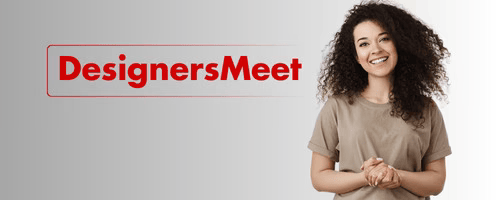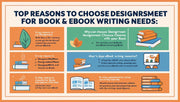Color isn’t just about aesthetics—it plays a powerful psychological role in how people perceive your brand, content, and overall message. Whether you’re designing a logo, website, or marketing material, understanding color psychology can significantly boost the effectiveness of your visuals. For designers offering services on platforms like DesignersMeet.com, applying color theory with intention can help clients connect emotionally with their audience and strengthen their brand identity.
Each color carries emotional weight and meaning. For instance, blue often evokes trust, calm, and professionalism, which is why it’s commonly used in finance and tech brands. Red, on the other hand, is bold, energetic, and urgent—it grabs attention and can stimulate strong emotional responses, making it popular in advertising and fast food industries. Green is associated with health, nature, and tranquility, while yellow represents optimism, warmth, and creativity. Black communicates elegance and luxury, and purple is often linked to royalty, wisdom, and creativity.
Designers who understand these psychological cues can create more impactful work. Imagine designing a wellness brand using harsh, aggressive colors like red and black—it might create confusion or even discomfort. But by using soft greens, light blues, and calming neutrals, the visual experience aligns with the brand’s mission and makes the audience feel more at ease. Color choices help guide user perception before a single word is read.
In digital design, color also affects user behavior. For example, the color of a call-to-action (CTA) button can influence whether or not a visitor clicks. A bright, contrasting color can draw the eye and prompt action, while a dull or clashing tone might cause users to overlook it. Color contrast also plays a key role in readability and accessibility—important factors in web and UI/UX design.
Brand consistency is another reason color psychology matters. When a brand uses the same colors across all platforms—from logo to website to social media—it creates a cohesive and memorable identity. Designers on DesignersMeet.com often help clients choose a color palette that not only looks good but also reflects the values and emotions the brand wants to communicate. Many include these color choices in brand style guides so businesses can maintain consistency moving forward.
Ultimately, color is a subtle yet powerful design tool. When used intentionally, it helps create emotional connections, drive user actions, and reinforce brand messages. Freelancers who master color psychology can elevate their designs from simply attractive to truly meaningful—making them more valuable to their clients and more successful in their freelance careers.




